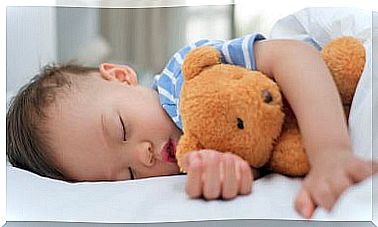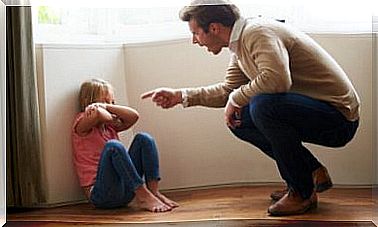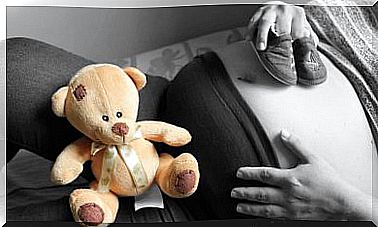Disintegrative Disorder In Children: Symptoms And Treatment
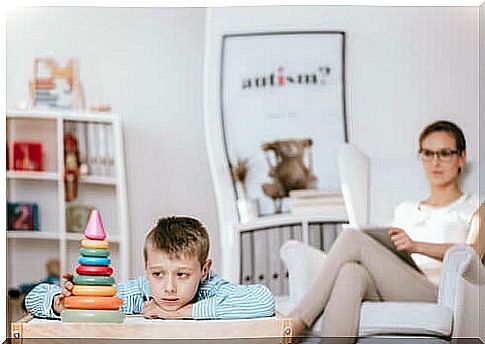
Disintegrative disorder in children is an unusual disease. The Austrian psychiatrist Theodor Heller described it as a disease that affects the development and all areas of life. It causes children to lose the abilities they have already developed.
The disease usually begins between 3 and 10 years. At first, the baby seems to be growing normally. But soon you start to see problems with the child’s linguistic and social abilities and behavior. One can also note a decline in games, motor skills and toilet training.
Specialists consider this to be “a destructive and chronic impairment that can lead to complete dependence on others”. Some have even wanted to call it a form of dementia as the disease can cause hallucinations or delusions.
Before the disease
Up to the age of three, the child seems to develop normally for his age. The child can account for recent events and form sentences in up to four words. The child answers questions and builds up his vocabulary.
One can also note progress in motor abilities and independence. The child can jump level, eat with a spoon or fork and drink without spilling.
Also socially, the child develops just like everyone else. Hen can play with other children of the same age and recognizes the most important adults in his life.
This is how disintegrative disorder occurs in children
At the age of three, or earlier, you begin to see that the child loses some of his abilities. The onset of disintegrating disorder may occur suddenly or gradually. You will notice it more in the language. The child may completely lose his language, which prevents him from communicating with others.
In the same way , the child’s social interactions change and he becomes less interested in others. The child begins to isolate himself. Hen does not play as before, and will prefer to be alone most of the time.
In addition, the child may lose fine and gross motor skills. It can be difficult for him to walk and move, and it may happen that the child sways more in the body.
Sometimes the child may be aware that he can not do things as before. It can make the child anxious, restless and hyperactive. Hen may also feel angry or helpless.
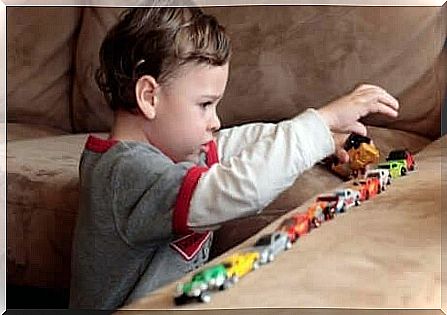
Description of disintegrative disorder in children
In general, the following symptoms of disintegrative disorder in children are:
- Partial or total loss of language, both the ability to understand and to express oneself.
- Difficulty communicating.
- Refrains from social interactions.
- Is not interested in the environment, withdraws.
- Do not want to participate in games and activities.
- Uncoordinated fine and gross motor ability.
- Repetitive movements.
- Can not control bowel movements.
- Bed wetting occurs.
- Inability to respond to emotions and compassion.
If the disease affects adults, they usually become completely dependent on others. As a result, they need constant care, often in special institutions or centers. In addition, they usually do not live as long as healthy people.
Possible causes of disintegrating disorder in children
There is still no known cause. The disease may occur due to an infection of the nervous system. Being involved in a trauma, either physical or mental, may also lead to a child developing the disease.
Similarly, possible causes can also be epileptic seizures, tuberous sclerosis and abnormalities in the brain. Although we are not sure what triggers the disease , we do know that it is more common in boys than in girls.
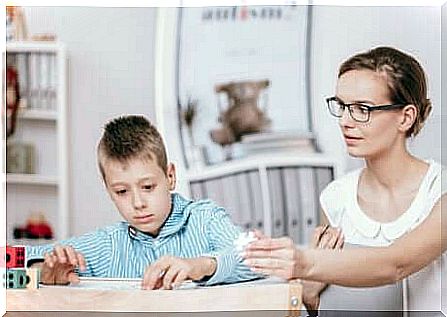
Regular treatments
There is not just one treatment, but the fact is that there are many different ideas on how to treat the disease. You try to relieve the symptoms, but still can not cure the disease itself. It has also been seen that children cannot fully regain the abilities they have lost.
Although the child can get better with different therapies, in most cases he will never be completely independent again.
If the child shows very aggressive behavior, anxiety or depression, doctors will usually prescribe antidepressants and other drugs for the child’s behavior and mood.
The medication is similar to that prescribed by doctors for children with autism. But the procedure for improving the child’s brain functions and behavior still has some minor differences. In general, communication therapies, special diets and so-called alternative medicines are used.
It is recommended that the family receive emotional support to cope with what is happening to their children. Staying informed is the key to living a happy and normal life.
Behavioral therapy
Behavioral therapy offers important benefits to patients with this disease. Families and teachers who actively participate also help to improve everyone’s mood.
The purpose of the therapy is to give the child tools to build up their communication skills. In addition, basic rules of conduct and social routines that are easy to follow are taught. You want to make sure that the child does activities that guarantee him a better quality of life. Playing with animals, such as horses or dolphins, can also help.
Over time, children with disintegrating disorders may begin to engage in normal activities again. Some functions may also reappear, but only in limited quantities, such as speech. The child will still only be able to form some sentences. Unfortunately, the child’s ability to communicate will continue to deteriorate.
